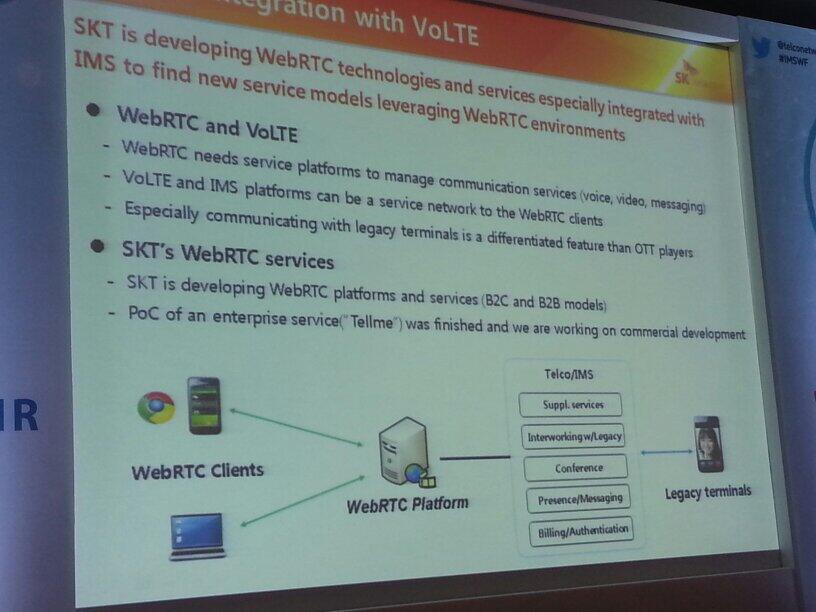The following is from the 5G Americas press release:
The summary offers insight to the future of wireless broadband and how new requirements and technological goals will be achieved. The report updates Release 13 (Rel-13) features that are now completed at 3GPP and were not available at the time of the publication of a detailed 5G Americas report, Mobile Broadband Evolution Towards 5G: 3GPP Release 12 & Release 13 and Beyond in June 2015.
The 3GPP standards have many innovations remaining for LTE to create a foundation for 5G. Rel-12, which was finalized in December 2014, contains a vast array of features for both LTE and HSPA+ that bring greater efficiency for networks and devices, as well as enable new applications and services. Many of the Rel-12 features were extended into Rel-13. Rel-13, functionally frozen in December 2015 and completed in March 2016, continues to build on these technical capabilities while adding many robust new features.
Jim Seymour, Principal Engineer, Mobility CTO Group, Cisco and co-leader of the 5G Americas report explained, “3GPP Release 13 is just a peek behind the curtain for the unveiling of future innovations for LTE that will parallel the technical work at 3GPP on 5G. Both LTE and 5G will work together to form our connected future.”
The numerous features in the Rel-13 standards include the following for LTE-Advanced:
- Active Antenna Systems (AAS), including beamforming, Multi-Input Multi-Output (MIMO) and Self-Organizing Network (SON) aspects
- Enhanced signaling to support inter-site Coordinated Multi-Point Transmission and Reception (CoMP)
- Carrier Aggregation (CA) enhancements to support up to 32 component carriers
- Dual Connectivity (DC) enhancements to better support multi-vendor deployments with improved traffic steering
- Improvements in Radio Access Network (RAN) sharing
- Enhancements to Machine Type Communication (MTC)
- Enhanced Proximity Services (ProSe)
Some of the standards work in Rel-13 related to spectrum efficiency include:
- Licensed Assisted Access for LTE (LAA) in which LTE can be deployed in unlicensed spectrum
- LTE Wireless Local Area Network (WLAN) Aggregation (LWA) where Wi-Fi can now be supported by a radio bearer and aggregated with an LTE radio bearer
- Narrowband IoT (NB-IoT) where lower power wider coverage LTE carriers have been designed to support IoT applications
- Downlink (DL) Multi-User Superposition Transmission (MUST) which is a new concept for transmitting more than one data layer to multiple users without time, frequency or spatial separation
“The vision for 5G is being clarified in each step of the 3GPP standards. To understand those steps, 5G Americas provides reports on the developments in this succinct, understandable format,” said Vicki Livingston, Head of Communications for the association.
The whitepaper as follows:
Related posts:
- Tweets from NGMN Industry Conference & Exhibition 2016
- 3GPP Release-13 whitepapers and presentations
- LTE-Advanced Pro (a.k.a. 4.5G)
- New whitepaper on Narrowband Internet of Things






